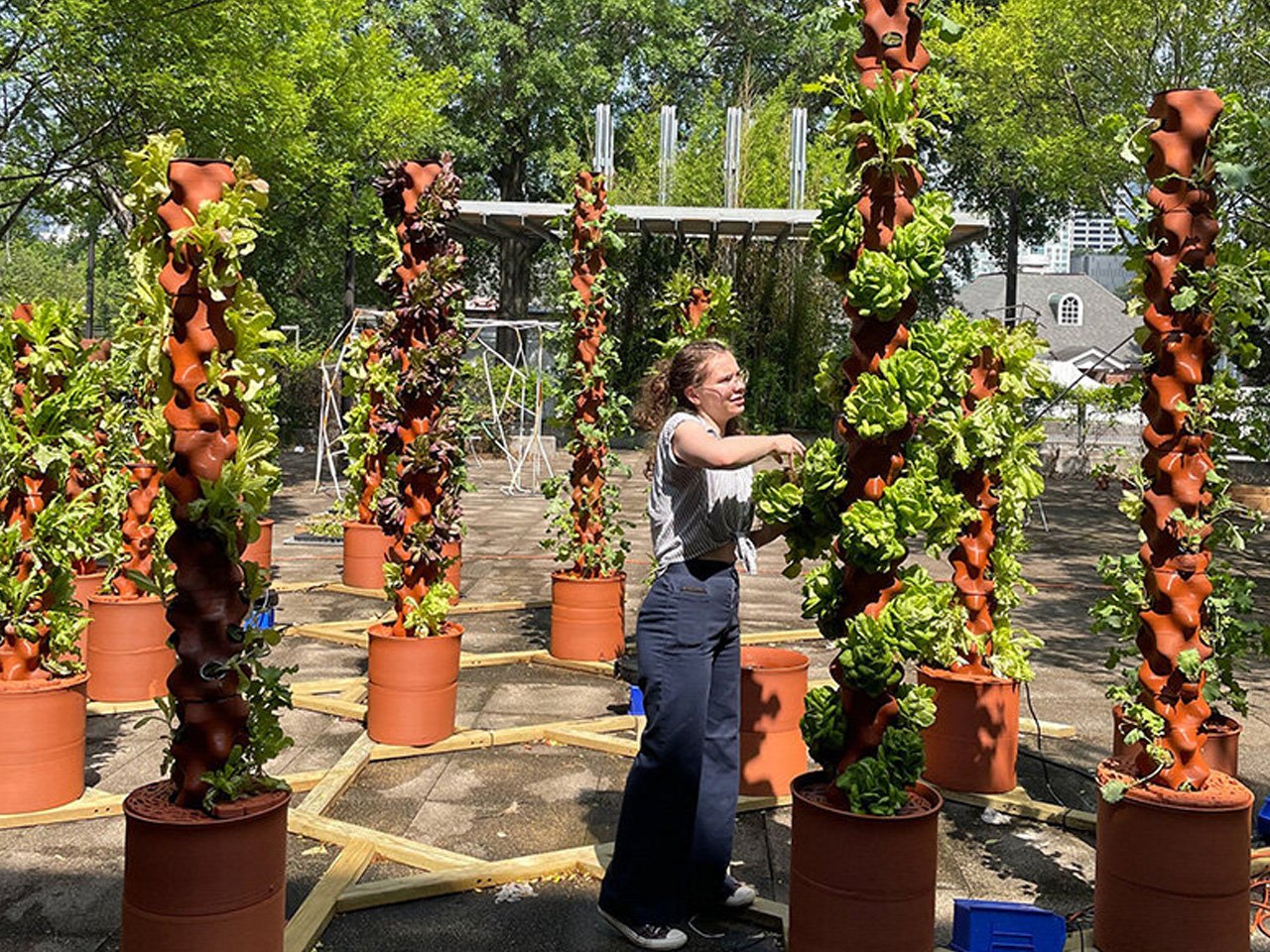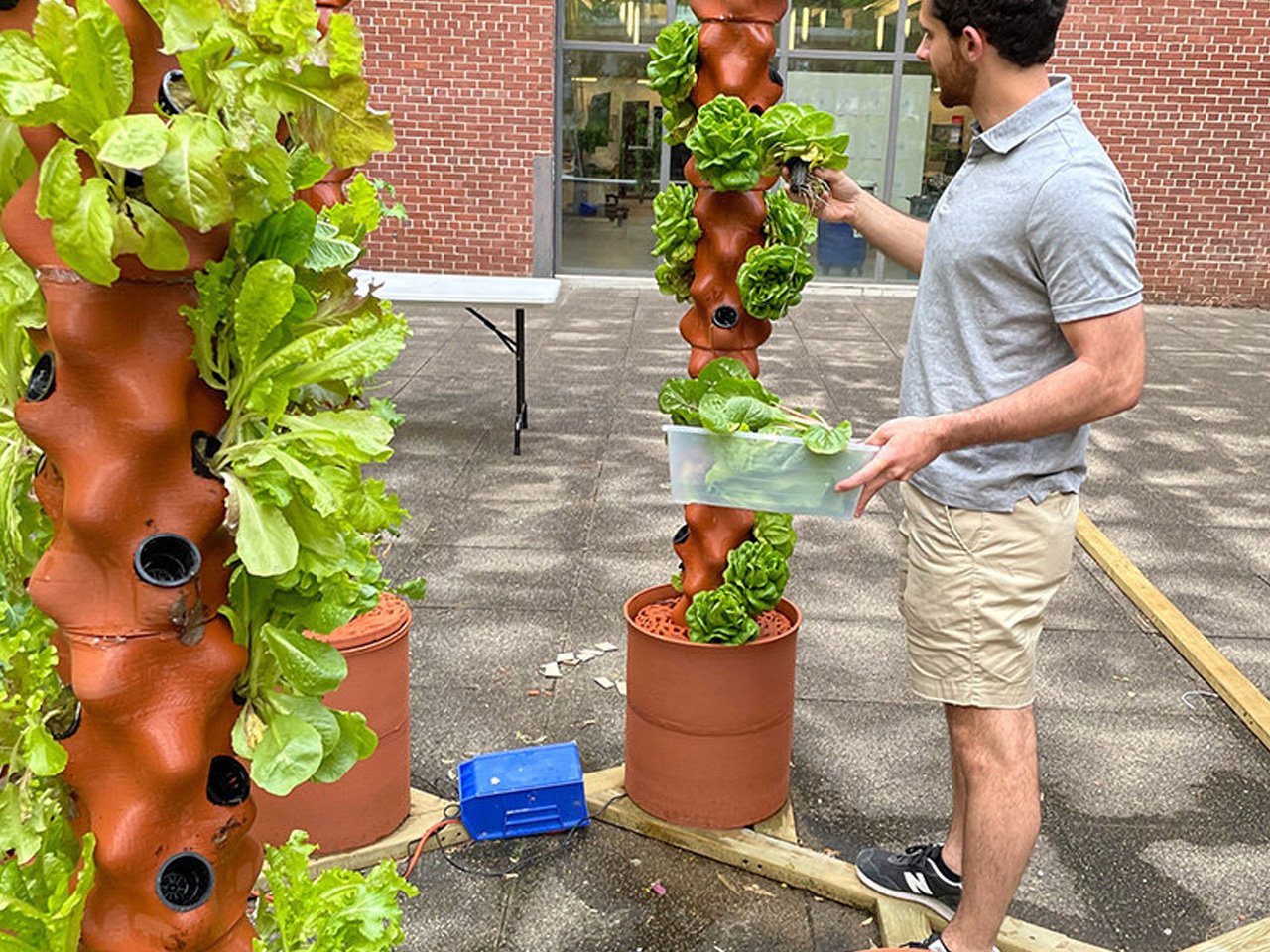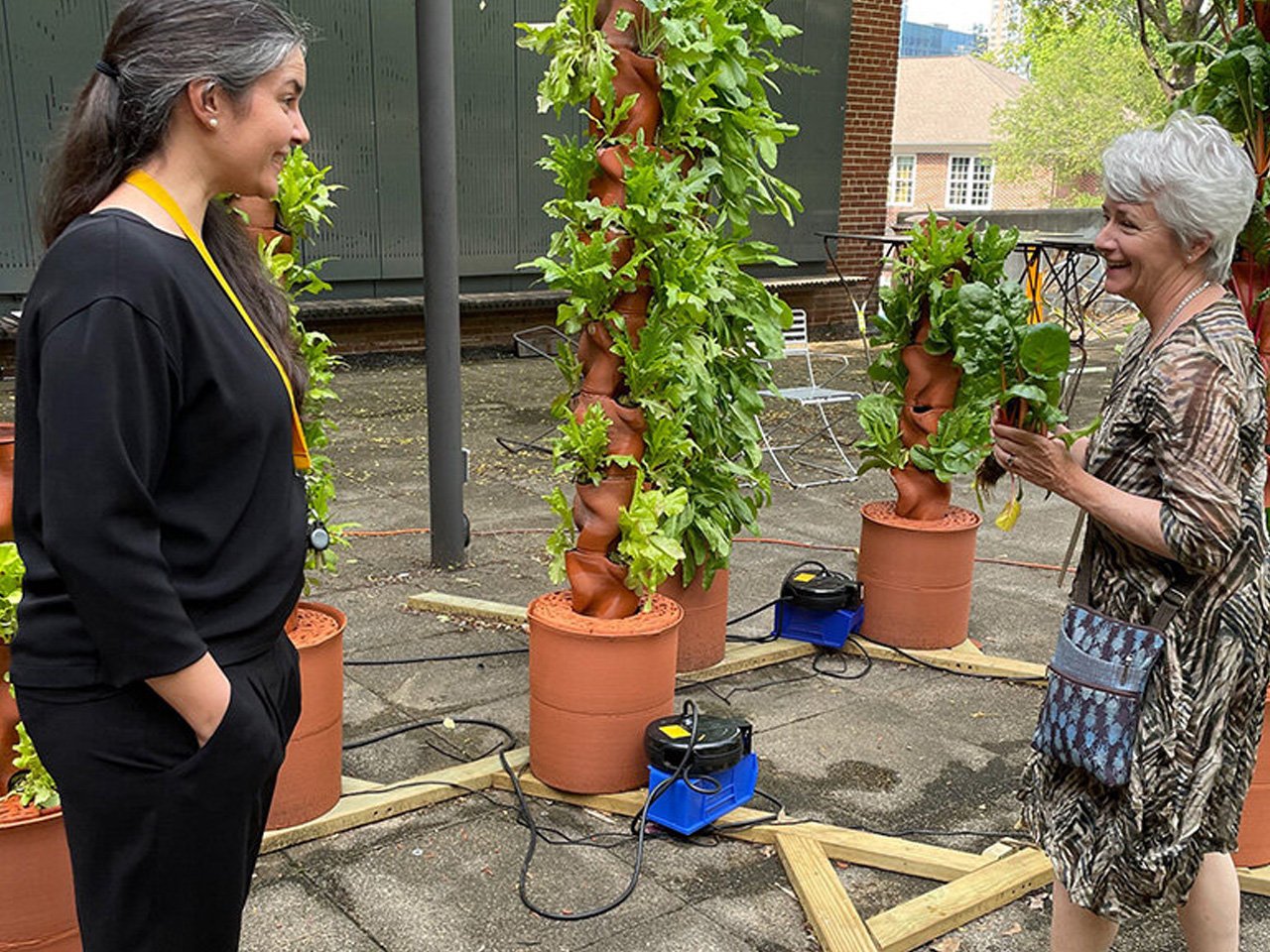Global Challenges and Sustainable Urban Agriculture Solutions
Many regions around the world are facing increasing environmental challenges such as climate change, soil degradation, and water scarcity. These issues place significant pressure on traditional agricultural systems. These systems are often unable to meet the needs of populations in urban environments. This is where innovations like ClayPonic V1 sustainable urban farming come into play.
To address these challenges, innovative agricultural systems have emerged. Examples are ClayPonic V1, a sustainable urban farming system that utilizes 3D printing technology and hydroponics.
Clay-Based Hydroponics: Advanced Technology for the Future of Food
ClayPonic V1 is distinguished by its use of clay as a primary material in the design of the hydroponic system. This makes it an environmentally sustainable solution. This system was developed to reduce reliance on conventional soil, which is rapidly deteriorating. Furthermore, it aims to lower water consumption, a major challenge in many regions.
Vertical Design: Maximizing Space in Urban Environments
ClayPonic V1 features a vertical design that maximizes the use of limited space. This makes it ideal for densely populated cities. This design is not only a practical solution for farming in small areas but also an effective tool for optimizing resource use. It is especially useful in places facing a shortage of arable land.
Through these innovations, ClayPonic V1 demonstrates how modern technologies can provide effective solutions to environmental challenges. It paves the way for a new era of sustainable urban agriculture.


Blending Tradition and Technology in Urban Agriculture
ClayPonic V1 exemplifies how modern technology can be harmoniously integrated with traditional methods to create innovative solutions. By combining traditional ceramics with 3D printing, this system offers a unique approach. It enhances food self-sufficiency in urban areas, while also enriching the sensory experience of urban farming.
An Immersive Sensory Experience
ClayPonic V1 is designed to be more than just an agricultural system. It aims to engage users in a multi-sensory experience. Through interaction with both the plants and the system itself, users can connect with agriculture using all five senses: touch, sight, smell, and even sound. The vertical plant growth creates a striking visual arrangement. It turns urban farming into an immersive and unconventional experience.
Urban Agriculture as a Tool for Education and Therapy
Beyond its environmental benefits, ClayPonic V1 aspires to transform urban farming into a therapeutic and educational activity. By encouraging communities to reconnect with nature, the system helps individuals develop a deeper understanding of the value of sustainable food production.
A Vision for the Future: Greener and Healthier Cities
Through these innovations, EcoTech Lab envisions a future where cities are greener, healthier, and more resilient. Use of ClayPonic V1 is not only about improving food production methods. It is also a step toward building more sustainable and environmentally conscious communities.


Environmental Design: Engaging the Senses in Urban Agriculture
The innovative system developed by EcoTech Lab is part of its commitment to promoting sustainable environmental design. This system aims to foster a deeper connection between individuals and nature by engaging all five senses in the urban farming experience.
Visual and Tactile Interaction: An Immersive Sensory Experience
ClayPonic V1 features a design that showcases flowing, organic ceramic forms, allowing visitors to appreciate the beauty of artistic structures. It blends functionality and aesthetics within the urban landscape. Additionally, the tactile experience adds another dimension. Users interact with textured surfaces while planting or harvesting crops, enhancing their direct connection to the process of growing food.
Aromatic and Auditory Experience: Adding a New Layer to Sensory Engagement
As one moves through the space, the air is filled with the natural aromas of fresh herbs and blooming flowers, creating a rich aromatic experience. These scents are complemented by the gentle sound of water flowing through the hydroponic system. This adds a calming auditory layer that promotes relaxation and mindfulness.
The Result: Tasting the Sensory Reward
Ultimately, the journey concludes with the tasting of freshly harvested crops. This is a direct and rewarding culmination of the sensory experience. Through this integrated design, EcoTech Lab redefines urban agriculture as a holistic, stimulating, and regenerative experience. It reconnects individuals with the rhythms of nature around them.


New Dimensions in Urban Agriculture: From Production to Education and Community Dialogue
ClayPonic V1, developed by Luqman Arja, goes beyond the conventional notion of food production. It becomes an educational tool and a catalyst for conversations about the future of agriculture. The system demonstrates how advanced technologies—such as clay-based hydroponics using 3D printing—can improve urban environments and enhance community resilience in the face of environmental challenges.
Vertical Design and Space Utilization: Solutions for High-Density Urban Areas
ClayPonic V1 features a vertical structure that facilitates the integration of agriculture into densely populated cities. This design helps optimize limited space. It enables the cultivation of fresh food in urban settings where land is scarce, thus increasing accessibility to nutritious crops.
Community Engagement and Education: Connecting People with Sustainable Food Systems
Through hands-on interaction and educational opportunities, ClayPonic V1 encourages communities to rethink traditional methods of food production. It empowers individuals to actively contribute to shaping a more sustainable and self-sufficient food future. In doing so, it fosters community involvement and environmental awareness.









